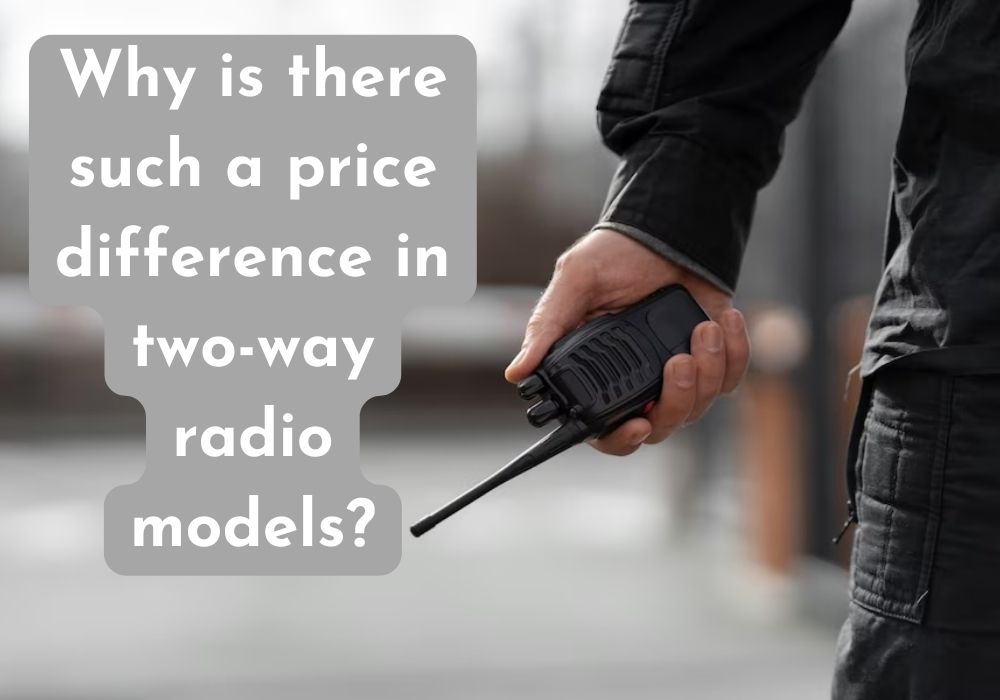The price difference in two-way radio models can be attributed to various factors. Here are some key reasons that can influence the price disparity:
1. Brand and Reputation: Well-established brands with a reputation for quality and reliability often command higher prices compared to lesser-known or generic brands. Established brands invest significantly in research, development, and quality control, which can reflect in the price of their products.
2. Features and Functionality: Two-way radios come with a wide range of features and functionalities. Basic models with limited features tend to be more affordable, while advanced models with additional capabilities such as longer range, clearer audio, weather resistance, encryption, GPS tracking, and multiple channels can be more expensive. The complexity and sophistication of these features contribute to the price variation.
3. Range and Frequency: The range a two-way radio can cover depends on the frequency it operates on. Radios operating on higher frequencies generally have a shorter range but can be less expensive. On the other hand, radios operating on lower frequencies can have a longer range and are typically more expensive due to the required technical specifications and licensing fees.
4. Build Quality and Durability: Rugged and durable radios designed for challenging environments, such as those used in construction, military, or outdoor activities, tend to be more expensive due to their robust construction and enhanced protection against dust, water, and impact. These radios undergo rigorous testing to meet specific industry standards, resulting in higher costs.
5. Battery Life and Power Output: Radios with longer battery life and higher power output are usually more expensive. Advanced battery technologies, such as lithium-ion, can provide extended operating time but come at a higher price. Similarly, radios with higher power output offer better signal strength and coverage, making them more costly.
6. Licensing and Regulatory Compliance: Some two-way radios require licenses to operate on specific frequencies, especially for commercial or professional use. The cost of obtaining these licenses and complying with regulatory requirements can influence the overall price of the radio equipment.
7. Additional Accessories and Support: The availability and cost of accessories like headsets, chargers, belt clips, antennas, and software can vary among different radio models and brands. Additionally, the level of customer support, warranty, and after-sales service provided by the manufacturer may also affect the price.
It’s important to assess your specific needs and consider the trade-offs between features, quality, and cost when choosing a two-way radio. Different use cases may require different features and levels of reliability, so it’s advisable to research and compare options before making a purchase.


